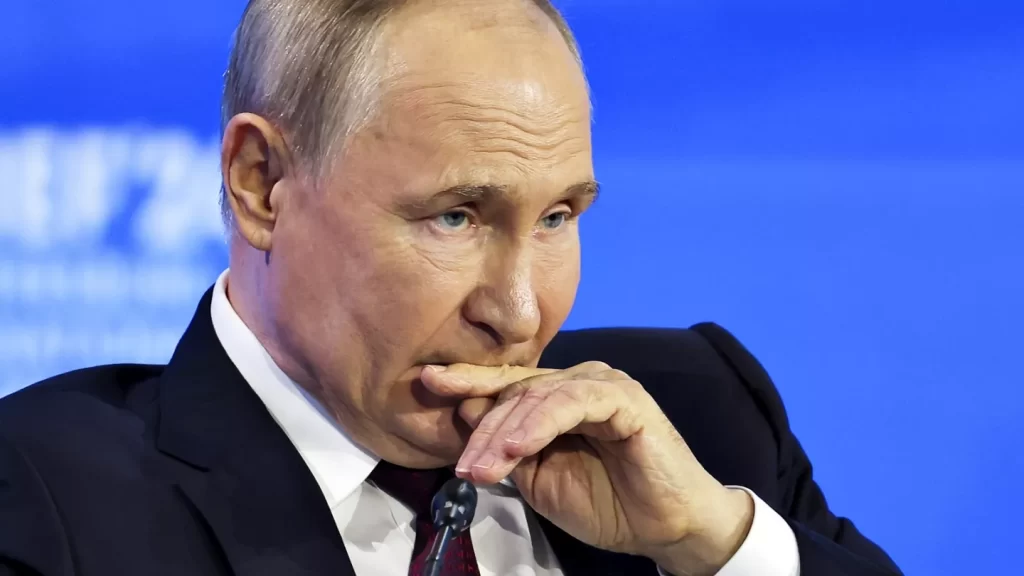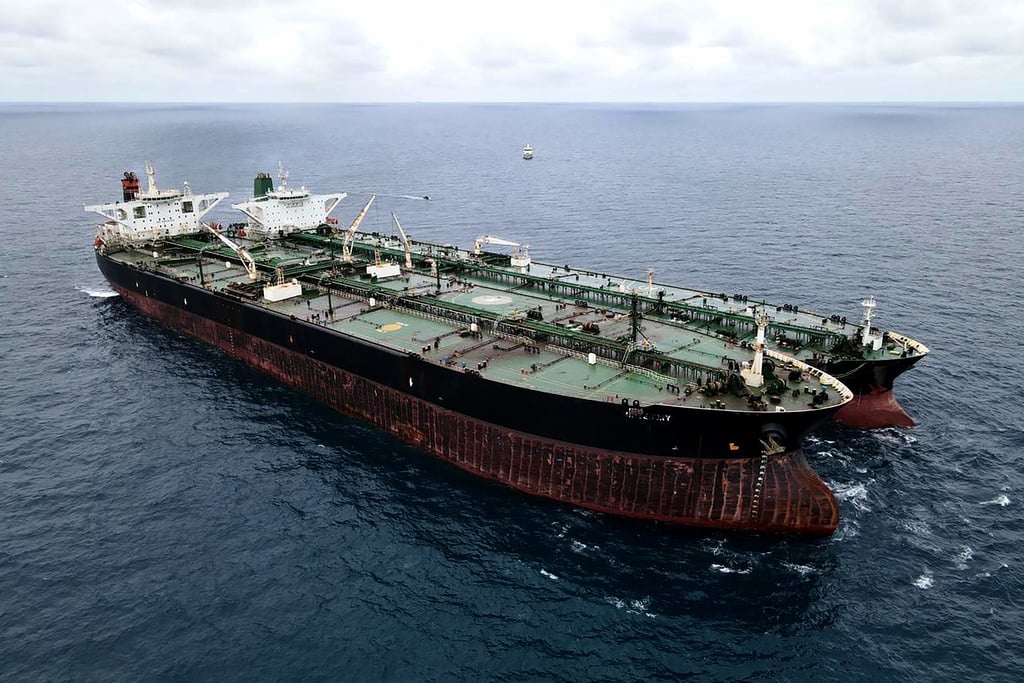The European Union approved new sanctions against Russia Wednesday, targeting a “shadow fleet” of aging tankers Moscow uses to evade Western oil price caps, alongside Chinese companies suspected of supporting Russian drone production.

The 15th sanctions package since Russia’s February 2022 invasion focuses on approximately 50 vessels within Moscow’s fleet of an estimated 600 tankers, which operate with poor maintenance and dubious insurance to circumvent the G7’s $60-per-barrel price cap on Russian crude oil.
“The EU and its G7 partners are committed to keeping pressure on the Kremlin,” said European Commission President Ursula von der Leyen. The measures aim to curtail Russia’s primary revenue source for its war in Ukraine, with oil exports generating €475 billion between February 2022 and June 2024, representing 68% of fossil fuel export earnings, according to the Centre for Research on Energy and Clean Air.

Brussels officials express growing concern about environmental risks posed by the aging tankers, many over 20 years old, operating with minimal safety standards and “flags of convenience” from countries like Panama, Liberia, and the Marshall Islands. The vessels reportedly engage in deceptive practices, including falsifying data and conducting ship-to-ship transfers to obscure oil origins.
The package, approved during Hungary’s controversial Council presidency, faced minimal resistance except from Lithuania, which objected to derogations allowing European companies to exit the Russian market. China and India remain Russia’s primary oil customers, often refining Russian crude for re-export to EU markets under different labels.



